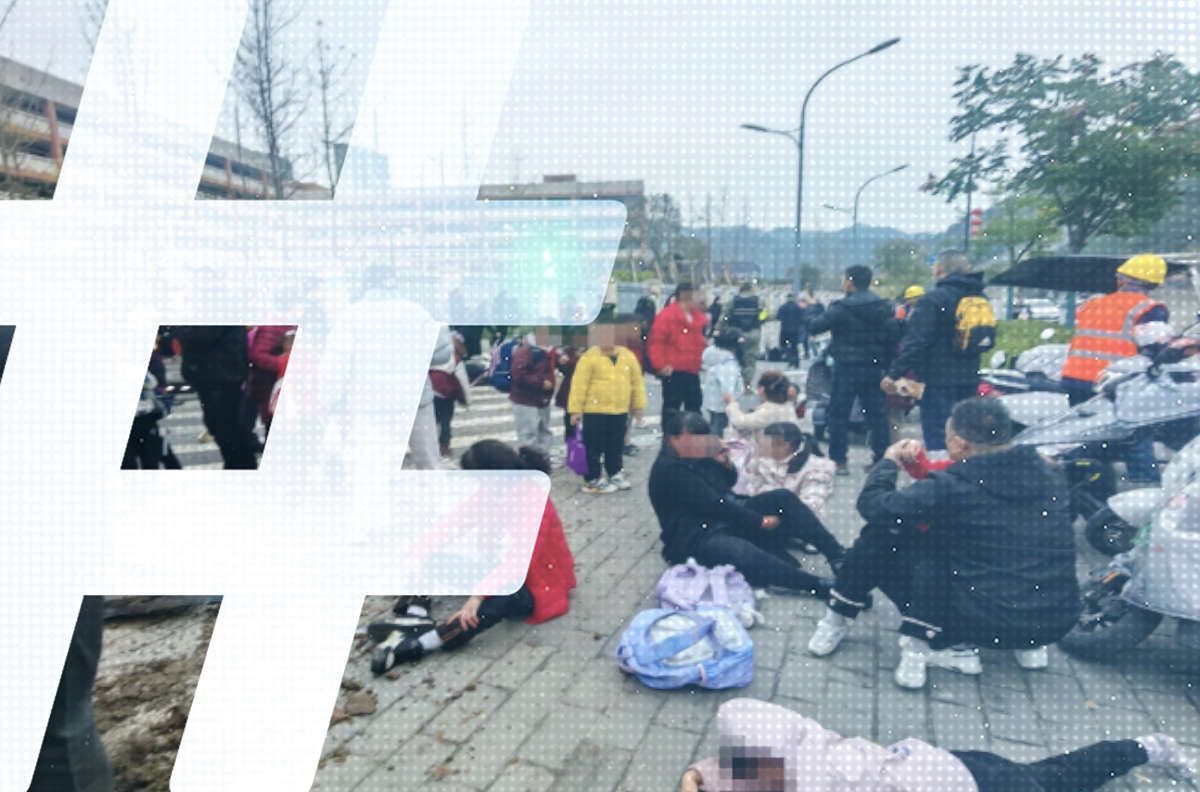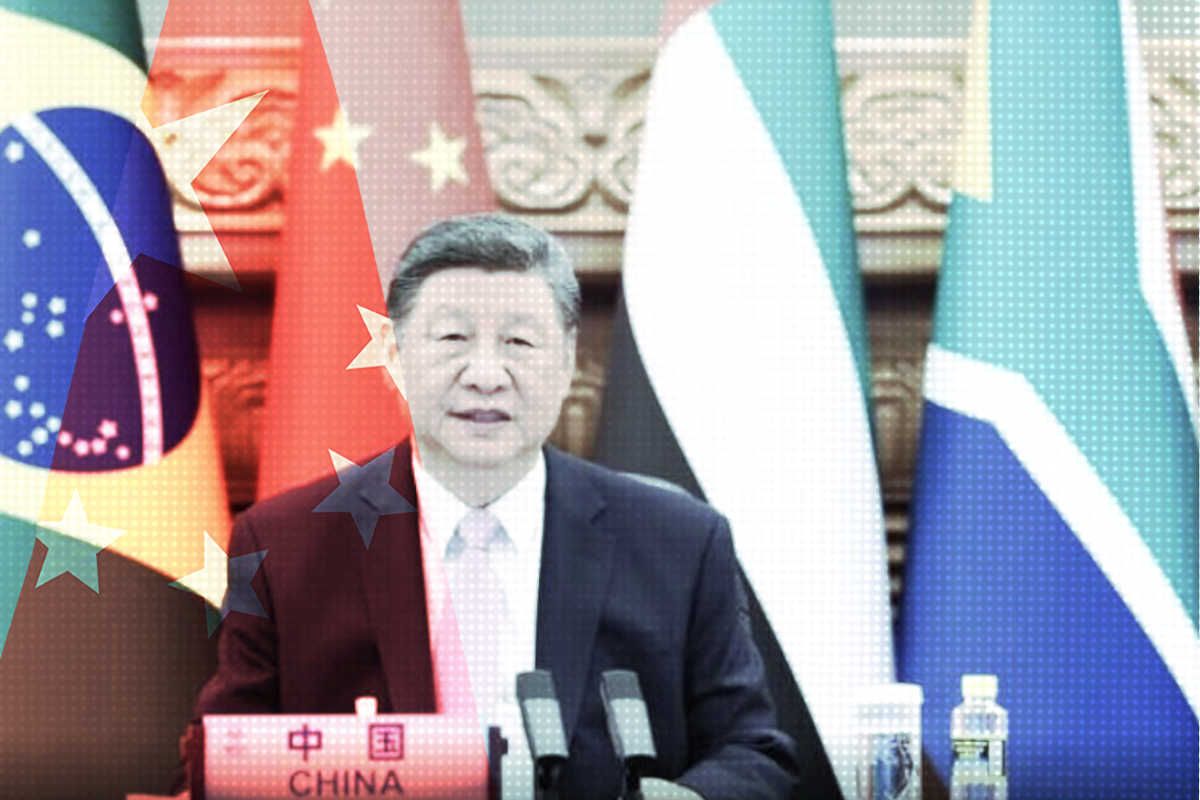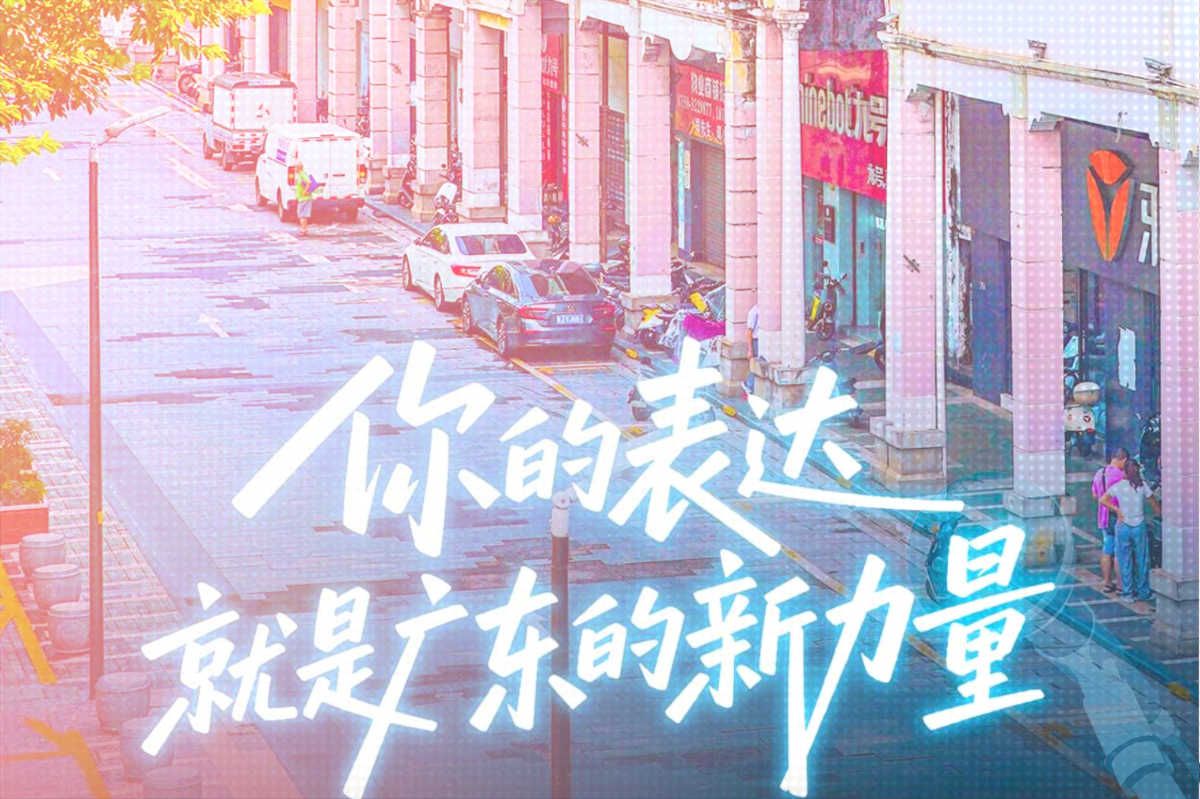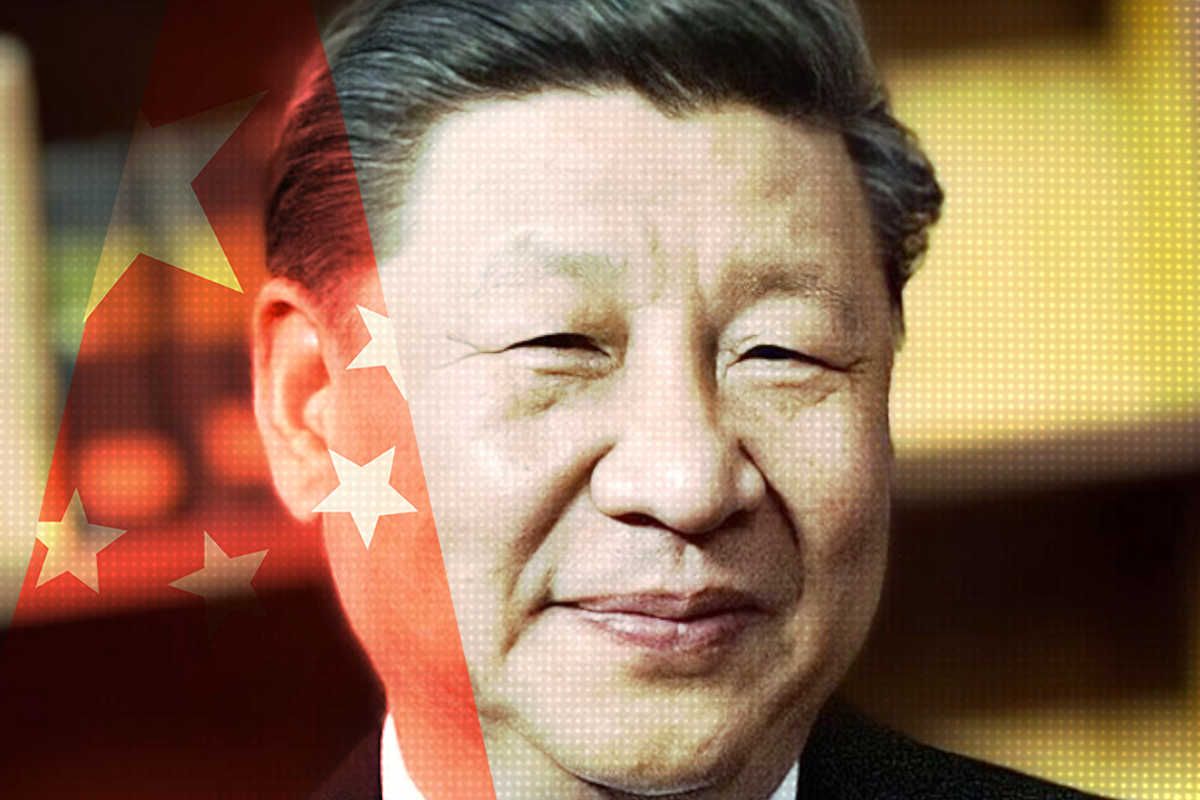Page layouts for a People’s Daily supplement. Are you enthralled?
The People’s Daily is the official organ newspaper (机关报) of the Central Committee of the Chinese Communist Party, and in terms of both authority and influence it is number one in China. It bears a heavy responsibility to the Party, to the government, to the people and to history. It must speak as a representative of the Party and the government, earnestly doing propaganda work for the Party’s line, principles and policies; it must also speak in place of the masses, expressing the innermost voice of the people. It must uphold correct guidance of public opinion (正确的舆论引导人); it must also point out unhealthy tendencies, carrying forward the national spirit.
In the 1990s, media in our country began going the route of “state-sponsored institutions with enterprise-style management” (事业单位,企业化管理). The People’s Daily also took part in market competition. As the newspaper took responsibility for its own profit and loss, the market had a decisive impact on its survival and development — and its relatively strong market was determined by both its content and its page layout.
The People’s Daily is the official organ newspaper (机关报) of the Central Committee of the Chinese Communist Party, and in terms of both authority and influence it is number one in China. It bears a heavy responsibility to the Party, to the government, to the people and to history. It must speak as a representative of the Party and the government, earnestly doing propaganda work for the Party’s line, principles and policies; it must also speak in place of the masses, expressing the innermost voice of the people. It must uphold correct guidance of public opinion (正确的舆论引导人); it must also point out unhealthy tendencies, carrying forward the national spirit.
In the 1990s, media in our country began going the route of “state-sponsored institutions with enterprise-style management” (事业单位,企业化管理). The People’s Daily also took part in market competition. As the newspaper took responsibility for its own profit and loss, the market had a decisive impact on its survival and development — and its relatively strong market was determined by both its content and its page layout.
























